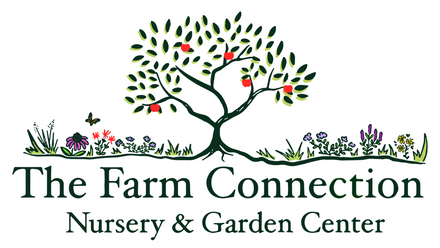How to Prep Native Seeds for Spring Germination
With fall seed-collection well underway, now is a perfect window to prepare your native seeds for spring. As temperatures drop in the mountains of Western North Carolina, many native plants drop their seed to overwinter in the cold and damp. By mimicking those conditions now, you’ll set your spring seed sprouting on the right track.
What Is Stratification?
Stratification is the process of subjecting seeds to a period of cold and moisture, just like they would experience when set in the soil over winter. This cold, moist break helps overcome dormancy and primes the seed to germinate when spring arrives.
Two Proven Methods for Home Use
Refrigerator (Cold‐Moist) Method
Materials: resealable plastic bag or container, damp sand or peat or moistened paper towel, label.
- Mix seeds with the moist medium (just damp, not soggy).
- Place the mixture in a bag or container; label with species name & start date.
- Store in the refrigerator (not freezer) at 33-40°F for the required period (often 30-90 days, depending on the species).
- After stratification period, sow indoors or outdoors as appropriate.
Outdoor (Natural) Stratification
If you have a sheltered outdoor spot: sow seeds in a well‐draining tray or flat in late fall, water lightly, cover (to keep out critters), and let the natural winter cold/moist cycle do the work. In spring, seeds should break dormancy naturally.
Examples from Our Inventory
Here are some native species we carry that benefit from stratification:
- Milkweed (Asclepias spp.) – 30-60 days of cold, moist stratification improves germination rates.
- Echinacea (Coneflower) – About 30 days of cold helps before sowing.
- Monarda (Bee Balm) – A light cold‐moist period (30 days) is ideal.
- Baptisia (Wild Indigo) – Needs light cold stratification (15 days) and often light scarification (nicking or soaking) for best results.
Labeling & Timing Tips
- On each bag or container, write: Species name, Start date, End/planting date.
- Track the required stratification period for each species (research, seed supplier data, or tested results).
- Ensure moisture remains constant (damp medium), avoid drying out seeds during chilling.
- When the stratification period is complete, gradually bring the seeds to room temperature before sowing to avoid shock.
- Set a calendar reminder in your phone, so you don't forget to check on your seeds.
Whether you’re collecting seed from your own wild patch or starting from one of our Native Wildflower seed mixes, creating a stratification plan now gives you a head start. By working with nature’s rhythm, you’ll position your native plant seedlings for stronger germination and healthier growth come spring.

